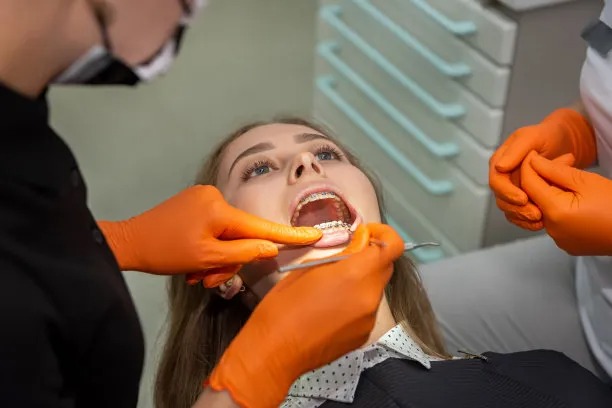A Step by Step Guide on How to Safely Extract a Tooth at Home Without Professional Help
Summary: In this comprehensive guide, we will outline a step-by-step approach on how to safely extract a tooth at home without professional assistance. While seeking professional dental care is always recommended, there may be emergencies where individuals consider home extraction. This article will elaborate on essential aspects such as the importance of preparation, the tools required, the extraction process itself, and post-extraction care to minimize discomfort and promote healing. By following these steps and adopting proper techniques, one can potentially manage tooth extraction at home with increased safety and efficacy, though caution is paramount.
1. Importance of Proper Preparation for Tooth Extraction

Before attempting any tooth extraction at home, it is crucial to prepare adequately. Understanding the necessity of preparation cannot be overstated. Begin by assessing whether you really need a tooth extracted. If its a loose tooth, it may naturally fall out. However, for a stubborn tooth, preparation is key to a smoother process.
Next, gather relevant information. Research the types of tooth extractions, their complications, and what to expect. You should also familiarize yourself with basic dental anatomy to identify the tooth you plan to extract.
Additionally, setting a suitable environment can significantly reduce anxiety and increase the likelihood of a successful extraction. Ensure you have a well-lit area, a comfortable chair, and all necessary tools within reach. Having a knowledgeable friend or family member to assist can also provide support.
2. Essential Tools Required for Home Extraction
Having the right tools is vital for a safe tooth extraction process. In most cases, youll need a pair of dental forceps, which can be acquired at a pharmacy or online. These tools help grip the tooth securely without the risk of breaking it during extraction.
A clean dental mirror can be beneficial for better visibility, especially when targeting specific areas of the mouth. Additionally, antiseptic mouthwash and sterile gauze should be on hand to minimize the risk of infection and to manage bleeding afterward.
Finally, having pain relief medications available is recommended, as they can help manage discomfort post-extraction. Not all tools are equally important, but ensuring you have a minimal yet effective toolkit can make a significant difference.
3. Step-by-Step Extraction Process Explained
Once youre prepared and have the necessary tools, you can begin the extraction process. Start by rinsing your mouth with antiseptic mouthwash to reduce bacteria levels and minimize infection risk. Ensure your hands and all instruments are clean as well.
Next, gently grasp the tooth using the forceps. It’s essential to wiggle the tooth back and forth slowly to loosen it from the socket. Rushing through this step can result in a fractured tooth or excessive bleeding.
When the tooth feels sufficiently loose, pull it with an even force. Avoid jerking motions, as these can cause unnecessary trauma to surrounding tissues. After extraction, place sterile gauze over the socket to control bleeding, applying gentle pressure for at least 30 minutes.
4. Post-Extraction Care and Recovery Recommendations
Post-extraction care plays a critical role in your recovery. Following the extraction, it’s important to rest and avoid vigorous activities for at least 24 hours. Elevate your head when resting to decrease swelling and help with blood circulation.
Next, its advisable to stick to soft foods and liquids for the first few days post-extraction. Foods like yogurt, smoothies, and mashed potatoes are excellent options. Avoid hot, spicy, or crunchy foods that can irritate the extraction site and prolong healing.
Monitoring the extraction site is essential; watch for any signs of infection such as increased pain, fever, or unusual discharge. If these symptoms arise, consult a dental professional immediately for appropriate treatment.
Summary:
In summary, attempting to extract a tooth at home comes with significant risks and challenges. However, if one finds themselves in a situation necessitating such an action, following these steps can help in minimizing those risks. It is crucial to prioritize preparation, use the correct tools, understand the extraction process, and engage in proper aftercare to ensure a smoother recovery.
This article is compiled by Vickong Dental and the content is for reference only.



